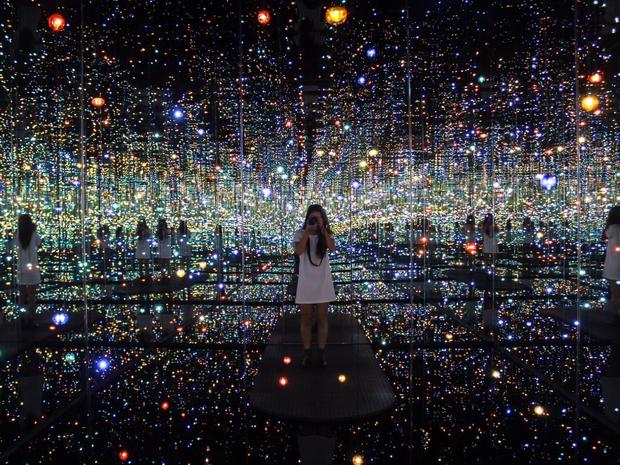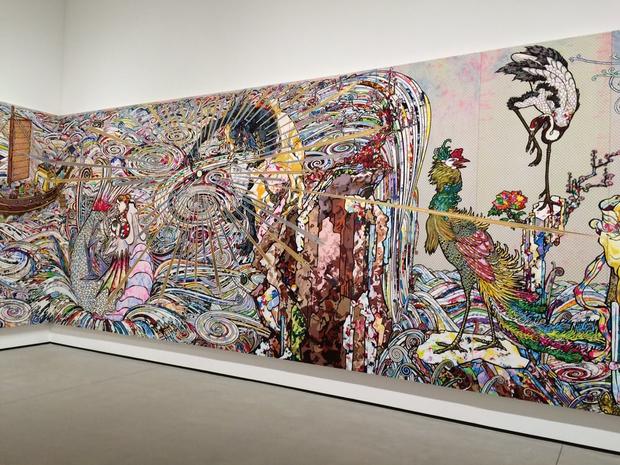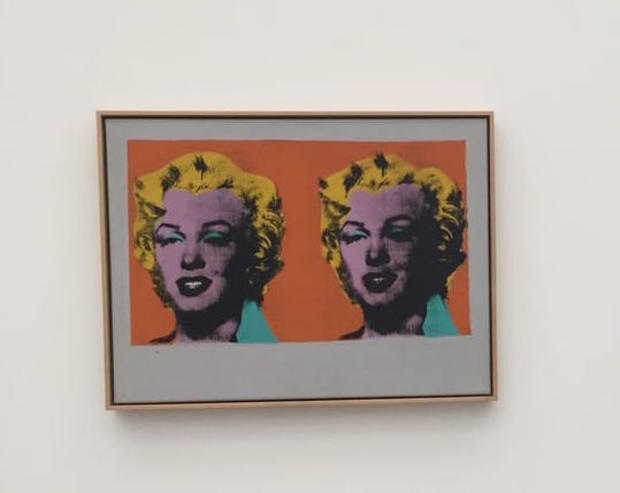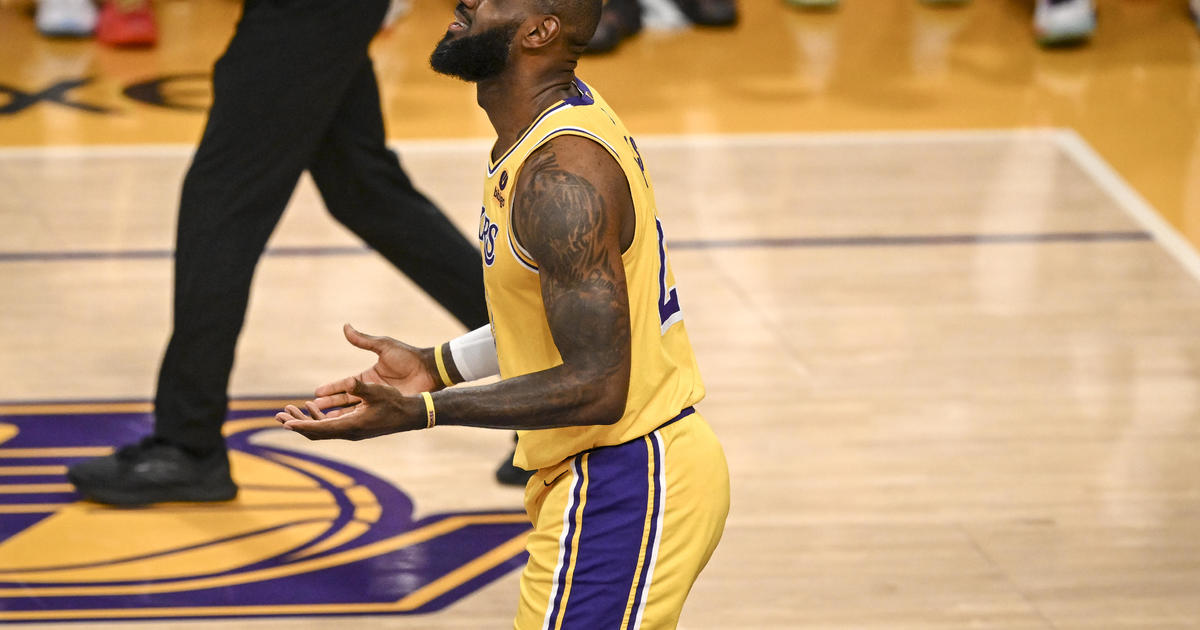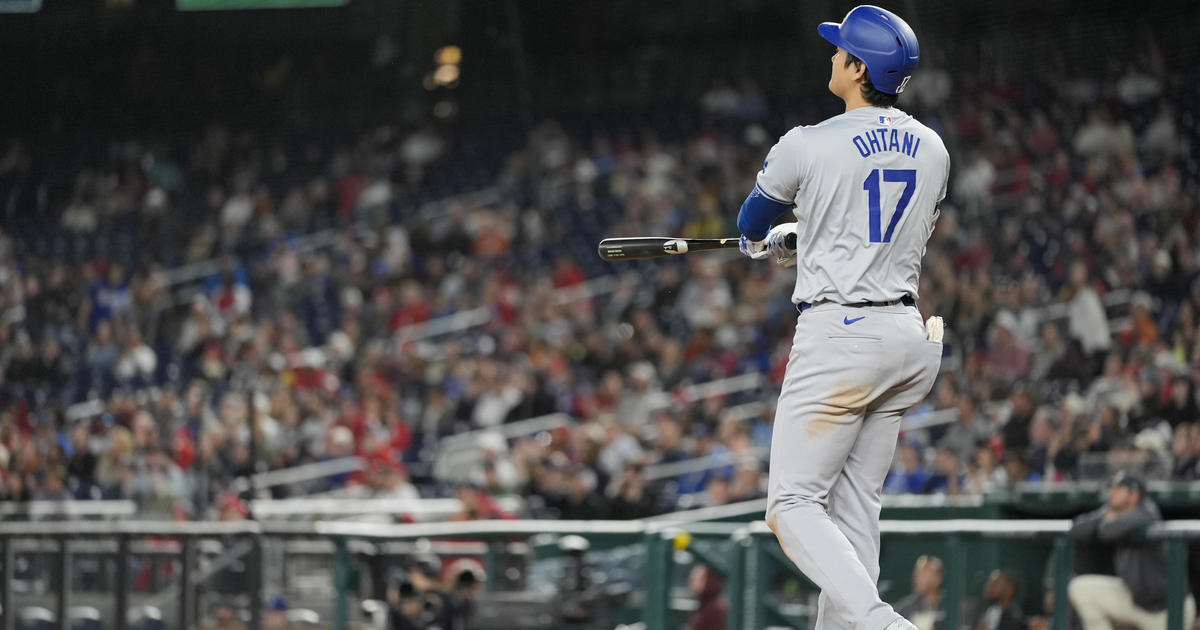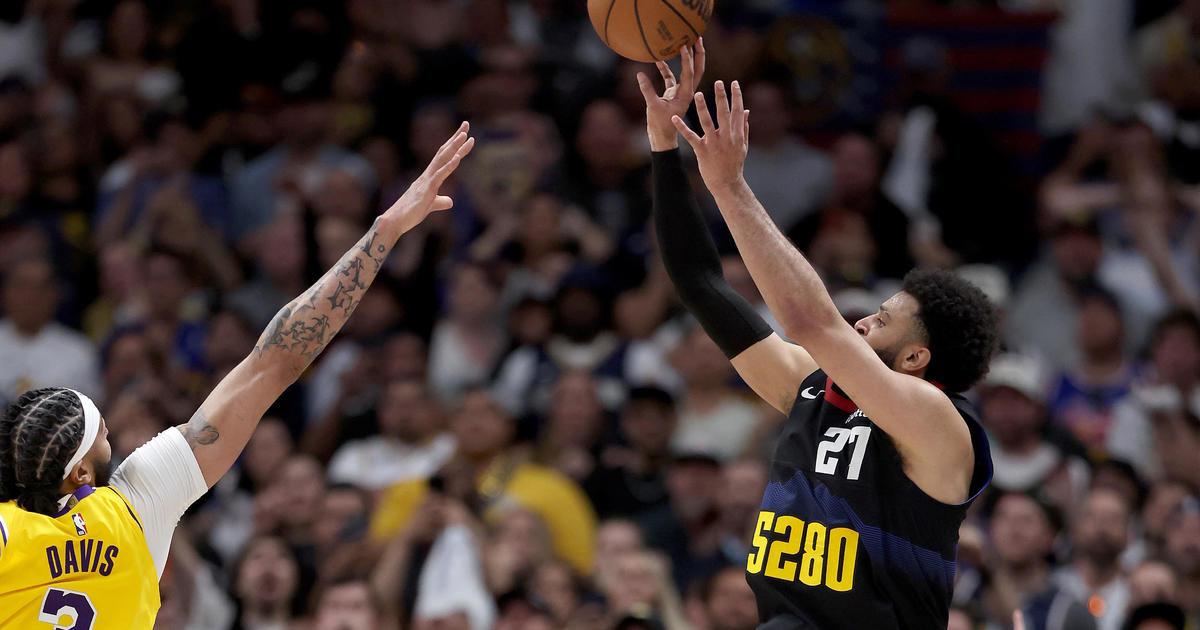Best Exhibits At The Broad Museum Right Now
The Broad, the contemporary art museum in Downtown Los Angeles, opened to the public on September 20, 2015 and has become a staple of downtown Los Angeles. Financed by Eli Broad, the three-story museum houses over 2,000 pieces of contemporary art featuring over 200 artists with galleries on the first and third floor while the second floor is a cool storage room. The building itself is a work of art, just as beautiful as the artwork inside. The façade of the building dubbed "The Veil and The Vault" by architect Elizabeth Diller of Diller, Scofidio + Renfro, features a porous, honeycomblike exterior, the veil, and the vault, being the concrete body of the building which houses the artwork.
Location
The Broad
221 S Grand Ave.
Los Angeles, CA 90012
(213) 232-6200
www.thebroad.org
Tickets
General admission to The Broad is free, but be forewarned that advance free general admission tickets are often fully booked. Guests can either wait in the onsite standby line, available at the museum every day except Mondays when the museum is closed, or you can reserve advance registration tickets. Note that general admission tickets do not guarantee access to Yayoi Kusama's famed Infinity Mirrored Room installation.
Tours
Throughout the day, The Broad's Visitor Services Associates offer pop-up art talks in the galleries. Visitor Services Associates also lead public gallery tours on Tuesdays, Wednesdays, and Sundays at 2:15 p.m., and Thursdays, Fridays, and Saturdays at 2:15 p.m. and 5:15 p.m. Tours meet on the third floor. Accessible with free general admission tickets.
Shirin Neshat: I Will Greet the Sun Again
Tickets to this special exhibition include General Admission access. Now through Wednesday, February 12, 2020, Shirin Neshat: I Will Greet the Sun Again ticket holders can join a free tour of the exhibition on Wednesdays at 1:15 p.m.
Originated by The Broad, Shirin Neshat: I Will Greet the Sun Again is the largest exhibition to date of internationally acclaimed artist Shirin Neshat's approximately 30-year career. Taking its title from a poem by Iranian poet Forugh Farrokhzad, the exhibition (which presents over 230 photographs and eight immersive video installations works) offers a rare glimpse into the evolution of Neshat's artistic journey as she explores topics of exile, displacement, and identity with beauty, dynamic formal invention, and poetic grace. Beginning with her early photograph series, Women of Allah, the exhibition also features iconic video works such as Rapture, Turbulent, and Passage, monumental photography installations including The Book of Kings and The Home of My Eyes, and Land of Dreams, a new, ambitious work encompassing a body of photographs and two videos that will make its global debut in the exhibition.
Throughout her career, Neshat has constructed poetic worlds in which women and men navigate narratives that mirror interior and political realities. Inside of and against these metaphoric worlds, Neshat studies the specifics of both individual and cultural gestures and poses, often assembling and interviewing real people who have lived through some of the most turbulent events of recent history, including the Green Movement in Iran and the Arab Spring in Egypt.
Neshat's 2001 collaboration with composer Philip Glass, Passage, will act as a pivot in the exhibition from Neshat's early, personal work made specifically about living outside of Iran during some of the most turbulent times in the country's history to new bodies of work which reflect universally on seismic global political events such as 9/11, the Arab Spring, and the current xenophobia in the United States over immigration. Four galleries in the exhibition feature work never-before-seen in the United States, including a body of portraits made in Iran that Neshat has never shown publicly.
Yayoi Kusama's Infinity Mirrored Room
On view on the first floor through October 2017 is Yayoi Kusama's Infinity Mirrored Room, a mirror-lined chamber housing a dazzling and seemingly endless LED light display. This experiential artwork has extremely limited capacity, accommodating one visitor at a time for about a minute, and requires a separate free timed same-day reservation which ticket holders are able to reserve, pending availability, after arrival into the museum. Time in the Infinity Mirrored Room cannot be reserved in advance of your visit.
On view in the third-floor galleries is a robust and changing selection of works from the Broad collection including Under the Table by Robert Therrien, In the Land of the Dead, Stepping on the Tail of a Rainbow by Takashi Murakami and Two Marilyns by Andy Warhol
The Broad Collection
The third-floor galleries present museum patrons with an ever-changing selection of works from the Broad collection. The installation includes works by major artists who came to prominence in the 1950s, Pop art of the 1960s and even works into the 1980s.
Under The Table
One of the large-scale items located on the third floor of the museum, is the 10-foot tall table and chairs installation by Robert Therrien, Under the Table, 1994. Inspired by Lewis Carrol's Alice's Adventures in Wonderland, Robert Therrien's creation evokes childhood inquisitiveness and allows visitors to feel like they are small in world of giants.
In The Land Of The Dead, Stepping On The Tail Of A Rainbow
Sticking with the theme of larger than life installments, the massive eighty-two-foot-long painting, "In the Land of the Dead, Stepping on the Tail of a Rainbow" by Takashi Murakami adorns the walls when first coming up the glass elevator on the third floor. Inspired by the 2011 Tōhoku earthquake and subsequent tsunami in Japan and through the lens of Japan's pervasive pop culture, Murakami portrays a cartoonish, spiritual landscape, awash in an enormous tsunami of churning water. The work is a specific reference to a Japanese history of natural disasters and an attempt to place suffering into a visual language.
Two Marilyns
A few weeks following the death Marilyn Monroe in August 1962, Andy Warhol began silk-screening Monroe's face onto canvases. Although he only learned to silkscreen a few months earlier, Warhol used a portrait of the famed celebrity to create the multi-colored fading piece. The Two Marilyns currently housed at The Broad is the twenty-seventh version that Warhol completed.
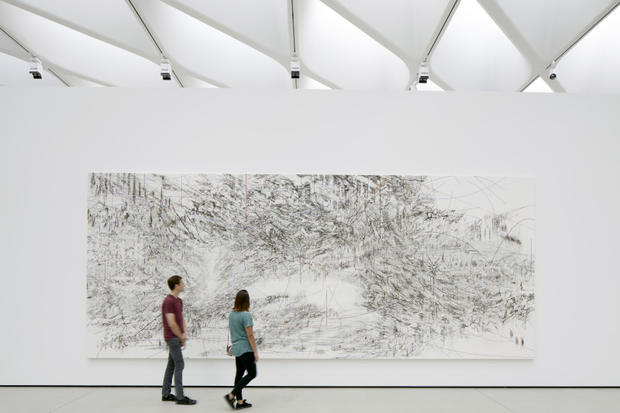

![The Broad_Neshat2[5][1]](https://assets2.cbsnewsstatic.com/hub/i/r/2019/12/09/223016a0-4451-4d9e-ad82-aa4a61dcdb76/thumbnail/620x465/3dcb4f77153318bc2a8a6d1e123e8447/The-Broad_Neshat251.jpg?v=63c131a0051f3823d92b0d1dffb5e0e4#)
